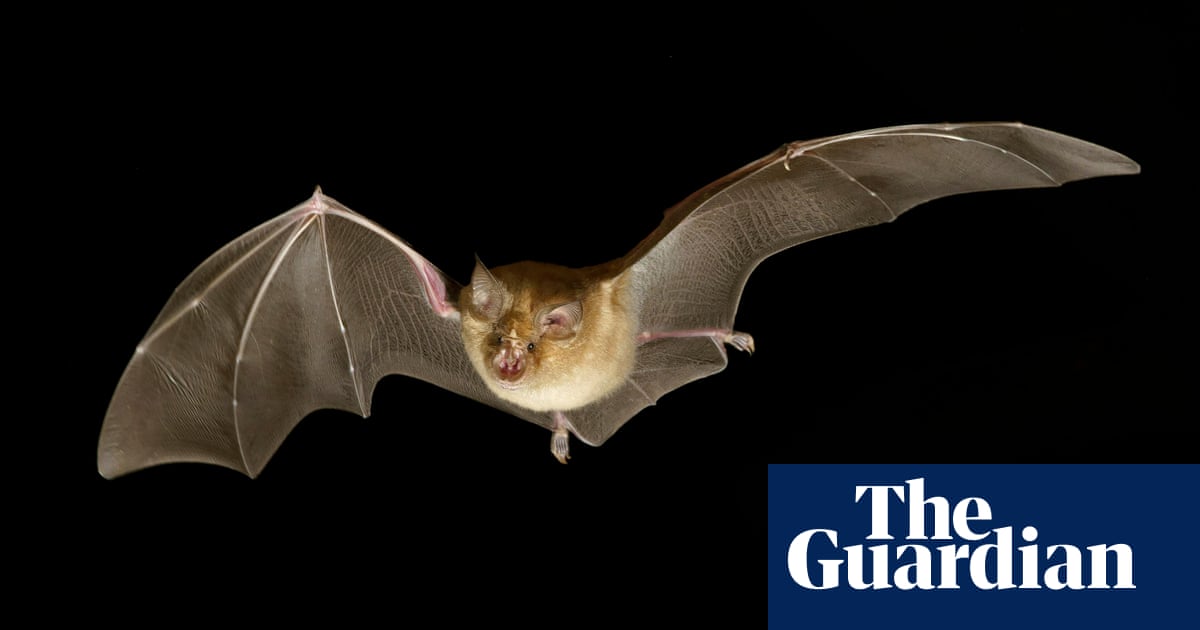
It sounds like the plot of a horror movie – a predator swallows its prey only for the creature to burst out of its captor’s body. But it seems Japanese eels do just that.
Scientists in Japan have discovered that when swallowed by a dark sleeper fish, the eels can escape.
In a manoeuvre reminiscent of the fosbury flop high-jump technique, the eels back up the digestive tract of the predator fish towards its oesophagus, poke their tail through its gills, and complete their attempt at freedom by pulling their head free.
The researchers say they initially assumed the eels were escaping the predator via its mouth.
“However, contrary to our expectations, witnessing the eels’ desperate escape from the predator’s stomach to the gills was truly astonishing for us,” said Yuha Hasegawa, first author of the research from Nagasaki University.
Writing in the journal Current Biology, the team reports how it began with 104 Japanese eels. The researchers placed one eel at a time in a tank that also contained one dark sleeper fish out of a collection of 11.
The eels had barium sulfate injected into their abdominal cavity and tail, which allowed a swallowed eel to be tracked using an X-ray video system.
The team recorded 32 eels being captured and swallowed by the sleeper fish. Some fully entered the predator’s stomach and were observed circling, apparently looking for a way out.
Nine eels that were swallowed managed to break out, employing a tail-first approach.
“The predatory fish were not harmed. However, the eels that managed to escape sometimes showed signs of abrasions,” said Hasegawa.
Not all of the eels were successful. Four got their tail out of the predator’s gills but did not complete their exit, while two failed because they poked their tails in the direction of the predator’s vent rather than its oesophagus.
The team says its findings are a first. While previous studies have observed other species of eel dying while attempting to escape from predators’ stomachs, the latest study shows the Japanese eels escaped alive.
“At this point, the Japanese eel is the only species of fish confirmed to be able to escape from the digestive tract of the predatory fish after being captured,” said Yuuki Kawabata, another author of the research.
The researchers add the elongated shape of the eels may have aided their escape by increasing the chance of their tail remaining in the predator’s oesophagus when swallowed headfirst. They are now planning to explore specific factors that could be involved in a successful escape, with experiments involving other eels and fish with a similar body shape.
“Before capturing the first X-ray footage, we never imagined that eels could escape from the stomach of a predatory fish,” said Hasegawa.












